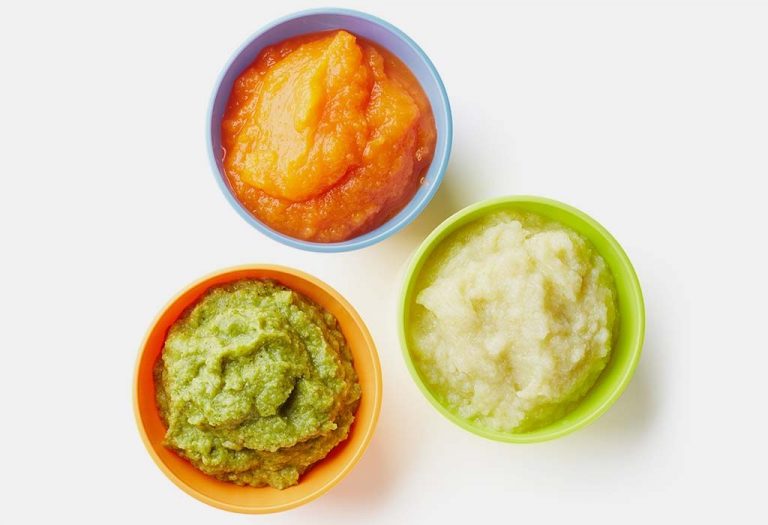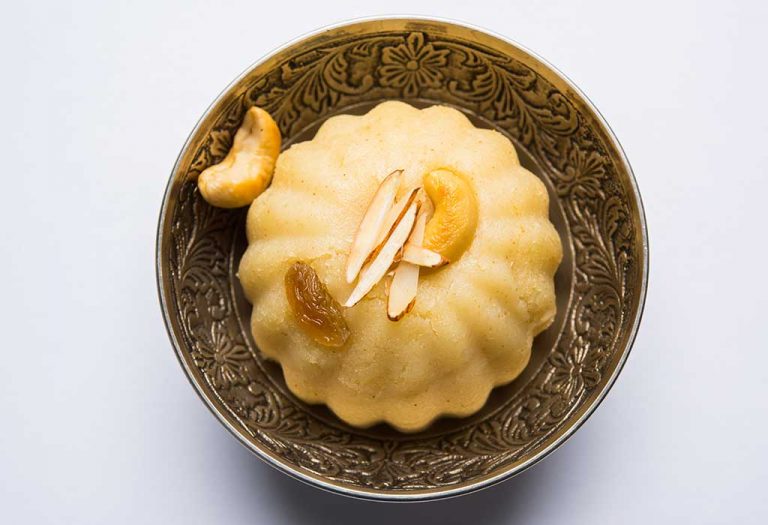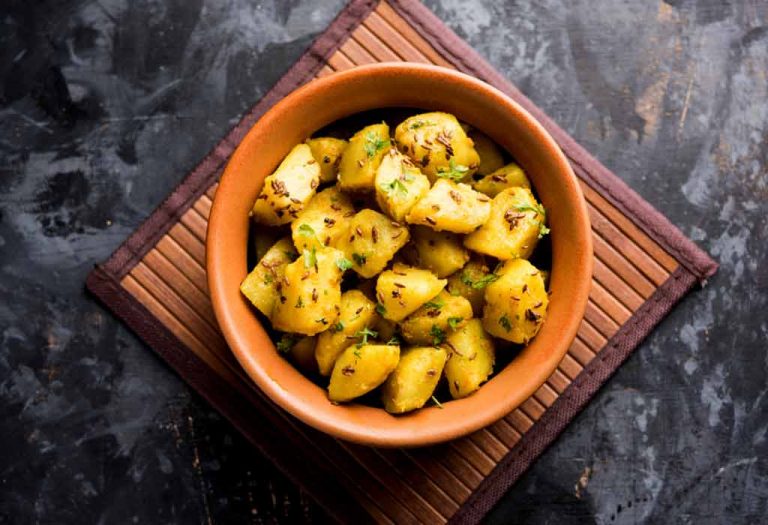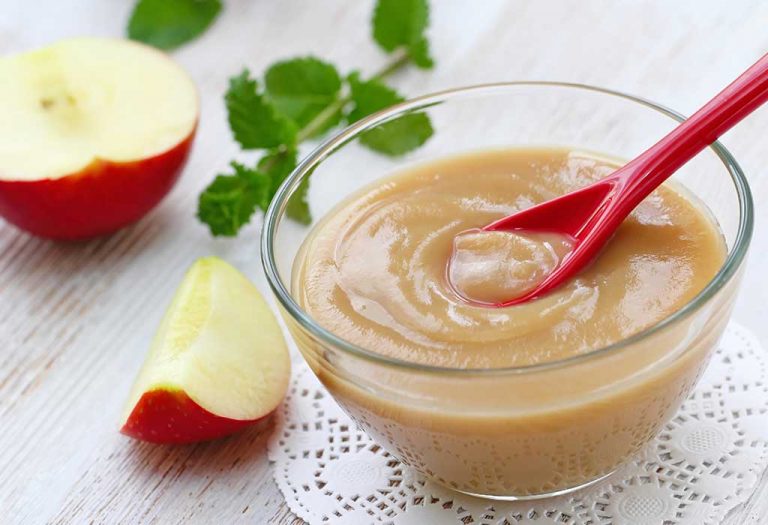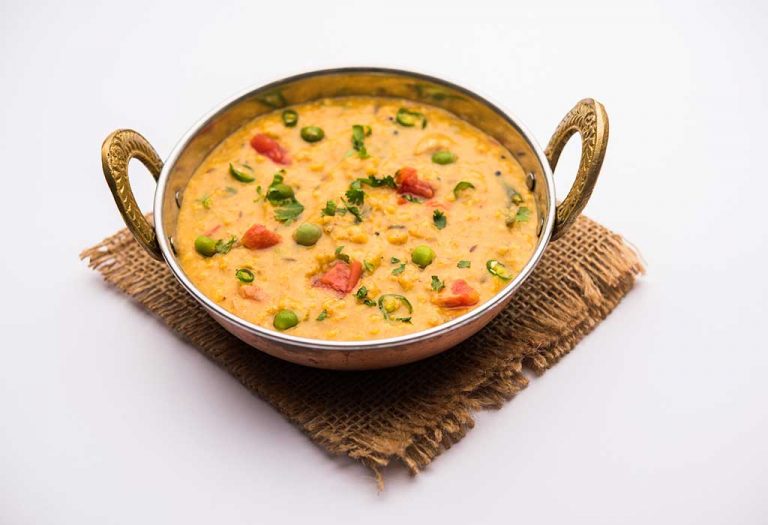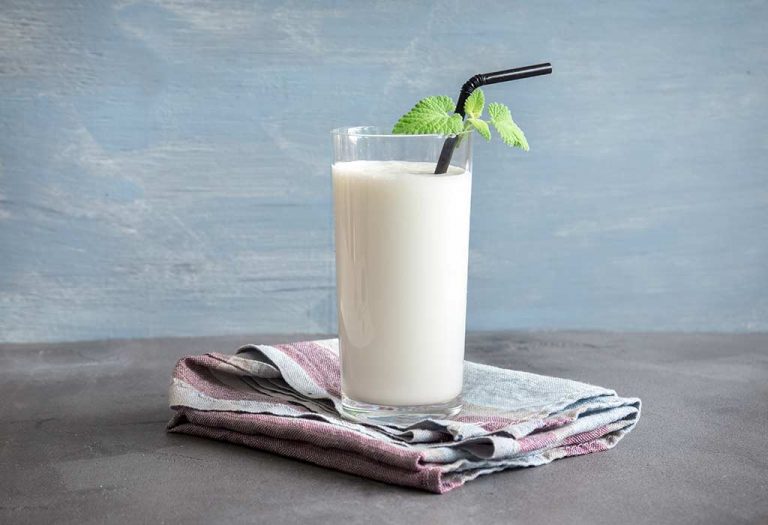Carrot and Spinach Puree Recipe
Carrot purees are one of the most common weaning foods introduced to babies between the ages of 6 to 8 months. They are sweet, mild on the tummy, and full of nutrition. If your baby loves carrot purees, you can take it up a notch in both nutrition and taste by adding some spinach to the mix once they are over 8 months old. Rich in all the essential nutrients and fiber, this simple carrot and spinach recipe is something your little one will crave every week. Additionally, this combination helps in introducing new flavors and textures to your baby’s diet, making mealtime more exciting and beneficial for their growth and development.
How to Make Carrot and Spinach Puree?
Here’s a simple spinach and carrot puree recipe for babies
Cooking Time
| Type | Time (hh:mm:ss) |
| Preparation Time | 00:05:00 |
| Cook Time | 00:15:00 |
| Total Time | 00:20:00 |
Cooking Method
Gas stove or electric stove
Type of Meal
Vegetarian
Great For
Babies who are over 7 months old who are being introduced to green leafy vegetables
Meal Schedule
Mid-morning snack or lunch
Recipe Type
Main dish
Ingredients
| Type | Quantity |
| Tender carrot (fresh, organic) | 1 medium sized |
| Spinach leaves (fresh, organic) | 3 to 4 leaves |
| Jeera powder | A pinch |
| Asafoetida or hing | A small pinch |
Instructions
Follow these step-by-step instructions to prepare the puree
- Select tender, clean carrots and wash them thoroughly with cold water to get rid of contaminants.
- Peel the carrots and wash them with warm water to remove any leftover contaminants.
- Clean the spinach leaves by rinsing them thoroughly with cold water multiple times.
- Chop the tender carrots into small cubes, and finely chop the spinach leaves.
- To tenderize, mix the two and steam in a pressure cooker with a cup of water and turn off the burner after two whistles.
- Wait for the steam to completely release, and use a blender to finely mash the ingredients.
- It’s important to throw away the water used for steaming as it will contain excess nitrates from the spinach. Do not use this water.
- Add a pinch of cumin powder and hing and mix thoroughly before serving.
Recipe Tips
- You can control the texture by how long you blend the ingredients to make it suitable or your baby. Teething babies like chewy texture, while some prefer it to be softer.
- If you are wondering how to make carrot and spinach puree for baby that is tastier and more nutritious, try adding other ingredients to it, such as a small portion of chicken, peas, lentils, or potatoes.
- If your toddler likes it a bit sweeter, use baby carrots and spinach for a milder, sweeter taste.
Nutrition Information (Serving Per 100 Grams)
| Nutrient | Value |
| Total Energy | 125.5 Kcal |
| Protein | 1.54 g |
| Total Fat | 0.555 g |
| Fibre | 3.29 g |
| Iron | 1.8 mg |
| Calcium | 58.5 mg |
| Thiamine (B1) | 0.1 mg |
| Riboflavin (B2) | 0.065 mg |
| Niacin (B3) | 0.275 mg |
| Vitamin B6 | 0.13 mg |
Health Benefits
- Carrots and spinach are both high in dietary fibre, which is essential for maintaining good digestive tract health and easy bowel movement.
- Carrots are loaded with a class of compounds called carotenoids. It is rich in beta carotene, which is converted to vitamin A by the body. Vitamin A is an essential nutrient for infant development.
- Spinach is a rich source of iron and calcium, along with many other essential minerals such as magnesium, phosphorus, and selenium, that is needed by the body.
- Although spinach is rich in oxalates and nitrates, which can cause discomfort to babies less than 8 months, mixing it with carrots is a good way to introduce spinach in the diet.
Buying Guide
- To select tender carrots, look for those with the least bit of sprouting on the top. Excessive root-like hair indicates that the carrot has been in the ground for a little too long.
- If you are opting for baby carrots, check the packaging carefully to see what it says. ‘Baby-cut’ carrots are not the same as ‘Baby carrots’. While baby carrots are often available with organic growers, baby-cut carrots are unsuitable for babies as they are chemically treated.
- Spinach is commonly grown with plenty of fertilizers and pesticides. So it’s good to buy it from stores that source their vegetables organically.
- Choose spinach with fresh leaves that are free of wilt or damage. Frozen spinach works well for your homemade carrot and spinach puree baby food recipe.
FAQs
1. Can I use frozen spinach for the carrot and spinach puree?
Yes, you can use frozen spinach for the carrot and spinach puree. Frozen spinach is often flash-frozen at peak freshness, preserving its nutrients. Just make sure to thaw it thoroughly and drain any excess water before mixing it with the cooked carrots. This ensures the consistency of the puree remains smooth and not too watery.
2. How can I make the puree smoother for a baby with a sensitive palate?
If your baby has a sensitive palate, you can make the puree smoother by blending it for a longer period or adding a small amount of breast milk or formula. This not only enhances the smoothness but also adds extra nutrition and familiar flavor to the puree, making it more palatable for your baby.
Introducing a carrot and spinach puree to your baby’s diet is a delightful way to boost their nutrient intake while exposing them to new flavours and textures. By incorporating this puree into your baby’s meals, you are not only promoting healthy eating habits but also supporting their overall growth and development. Remember, introducing new foods should be a fun and enjoyable experience for both you and your baby. Happy feeding!
References/Resources:
1. Spinach, raw; Food Data Central; U.S. Department of Agriculture; https://fdc.nal.usda.gov/fdc-app.html#/food-details/1103136/nutrients
2. Bednar. C, Kies. C, Carlson. M; Nitrate-nitrite levels in commercially processed and home processed beets and spinach (Plant Foods for Human Nutrition); National Library of Medicine; https://pubmed.ncbi.nlm.nih.gov/1924190/; July 1991
3. Carrots, raw; Food Data Central; U.S. Department of Agriculture; https://fdc.nal.usda.gov/fdc-app.html#/food-details/170393/nutrients
4. Spinach; Center for Nutrition, Diet and Health; University of the District of Columbia; https://files.udc.edu/docs/causes/online/Spinach%2014.pdf
5. 7 Reasons You Should Eat More Spinach; Cleveland Clinic; https://health.clevelandclinic.org/benefits-of-spinach
6. When Can My Baby Start Eating Solid Foods?; Nemours KidsHealth; https://kidshealth.org/en/parents/solid-foods.html
7. Carrots; Solid Starts; https://solidstarts.com/foods/carrots/
Also Read:
Carrot Puree Recipe for Babies
Spinach Pumpkin Puree Recipe
How to Make Fruit Purees for Babies?
Ragi Turdal Puree Recipe for Babies and Toddlers
Was This Article Helpful?
Parenting is a huge responsibility, for you as a caregiver, but also for us as a parenting content platform. We understand that and take our responsibility of creating credible content seriously. FirstCry Parenting articles are written and published only after extensive research using factually sound references to deliver quality content that is accurate, validated by experts, and completely reliable. To understand how we go about creating content that is credible, read our editorial policy here.





